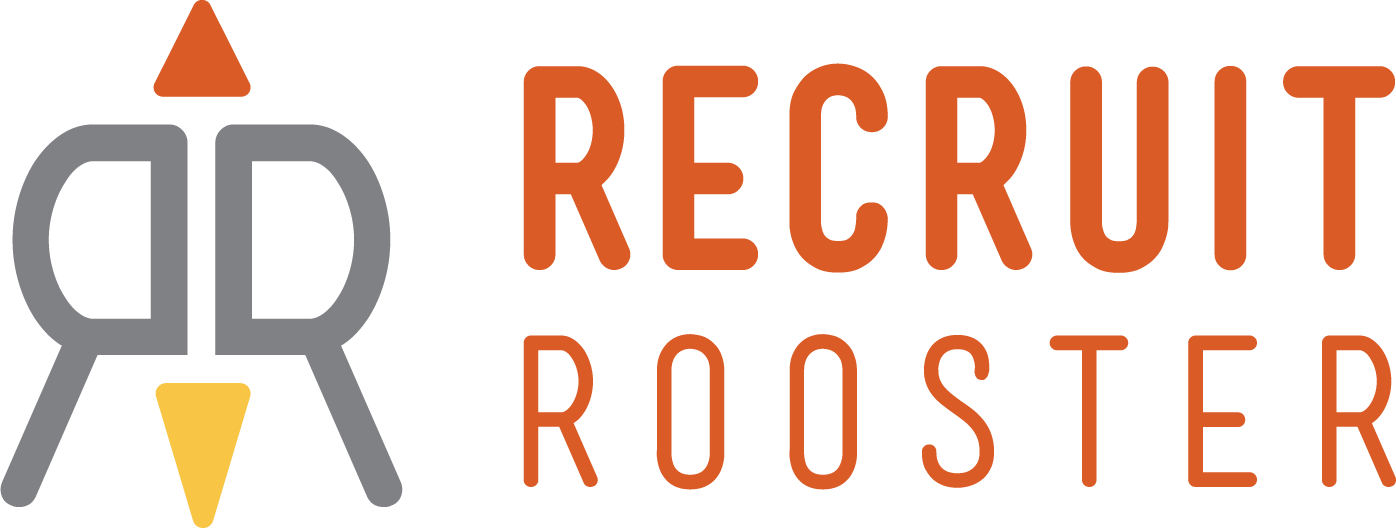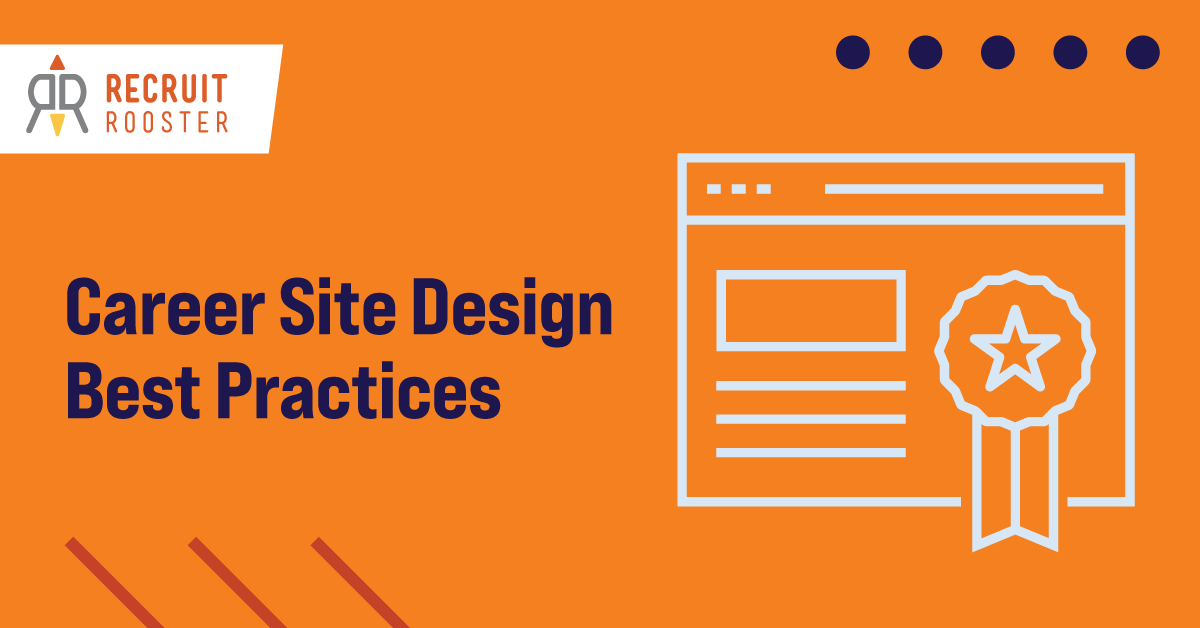Learn how to implement career site design best practices to achieve successful talent conversion.
Your organization’s career site plays a pivotal role in attracting top talent and converting them into enthusiastic applicants. A well-designed career site not only showcases your employer brand but also provides a seamless and engaging experience that encourages candidates to take the next step in their career journey with your company. Here’s how you can design a career site that effectively converts talent:
Capture Attention with a Compelling Visual Design
First impressions matter! Your career site needs to be visually appealing to grab candidates’ attention and make them want to explore further.
- High-Quality Images and Videos: Use professional images and videos that highlight your workplace, team, and company culture.
- Consistent Branding: Ensure your site’s colors, fonts, and overall design align with your corporate branding to create a cohesive experience.
- Clean and Intuitive Layout: Avoid clutter and make sure your site is easy to navigate, helping candidates find information quickly.
Highlight Your Employer Value Proposition (EVP)
Your EVP is what sets you apart from other employers. Make sure it’s front and center on your career site.
- Showcase Company Culture: Use stories and testimonials from current employees to illustrate your company culture and values.
- Career Growth Opportunities: Highlight the career development opportunities your company offers, such as training programs and promotion paths.
- Benefits and Perks: Clearly list the benefits and perks you provide to attract candidates who are looking for more than just a paycheck.
Optimize for Mobile and User Experience (UX)
With more candidates searching for jobs on their phones, your career site must be mobile-friendly and offer an excellent user experience.
- Responsive Design: Ensure your site adjusts seamlessly to different screen sizes, providing a consistent experience on all devices.
- Fast Load Times: Optimize images and other elements to ensure quick loading, reducing bounce rates.
- Easy Navigation: Simplify menus and use clear headings to make it easy for candidates to find what they’re looking for.
Simplify the Search Process
Candidates should be able to find relevant job openings quickly and easily.
- Advanced Search Filters: Implement filters that allow candidates to search by job title, location, department, and other relevant criteria.
- Prominent Search Bar: Place the search bar in a prominent location on your homepage to encourage use.
- Job Recommendations: Use algorithms to suggest jobs based on candidates’ profiles or search history.
Personalize Content to Engage Candidates
Personalized content can significantly enhance candidate engagement by making them feel valued and understood.
- Dynamic Content: Display different content based on the candidate’s location, job interests, or browsing history.
- Personalized Job Alerts: Allow candidates to sign up for job alerts tailored to their interests and skills.
- Targeted Messaging: Use personalized messages to guide candidates through the application process.
Utilize Calls-to-Action (CTAs) Effectively
Effective CTAs guide candidates toward taking the desired action, whether it’s applying for a job or signing up for updates.
- Clear and Compelling CTAs: Use action-oriented language like “Apply Now” or “Join Our Talent Network.”
- Strategic Placement: Place CTAs where they are easily visible, such as at the end of job descriptions and on the homepage.
- Multiple CTAs: Offer multiple ways for candidates to engage, such as applying, signing up for newsletters, or contacting recruiters.
Integrate Social Proof and Trust Signals
Social proof can build trust and credibility, encouraging candidates to apply.
- Employee Testimonials: Feature stories and quotes from current employees about their experiences.
- Awards and Recognitions: Display any awards or recognitions your company has received for workplace excellence.
- Case Studies and Success Stories: Share detailed examples of employee success and career growth within your company.
Measure Performance and Optimize Continuously
Continuous improvement is key to maintaining an effective career site.
- Analytics Tools: Use tools like Google Analytics to track site performance and candidate behavior.
- Candidate Feedback: Regularly gather and analyze feedback from candidates to identify areas for improvement.
- A/B Testing: Test different design elements, content, and CTAs to see what works best and make data-driven decisions.
Strategies for a High-Converting Career Site
Designing a career site that converts talent requires a strategic approach that prioritizes user experience, showcases your employer brand effectively, and simplifies the application process. By focusing on visual appeal, highlighting your EVP, optimizing for mobile, simplifying applications, personalizing content, utilizing effective CTAs, integrating social proof, and continuously measuring performance, you can create a compelling digital experience that attracts and retains top talent. Embrace these strategies to differentiate your organization in the competitive talent market and build a pipeline of qualified candidates eager to join your team. With a well-designed career site, you can convert candidate interest into meaningful connections and drive recruitment success for your organization’s future growth and prosperity.
How Recruit Rooster Uses Career Site Design Best Practices to Elevate Employer Brand Experiences
At Recruit Rooster, we understand that a career site is more than just a job listing platform—it’s a critical touchpoint for showcasing your employer brand and attracting top talent. Our approach integrates career site design best practices to ensure that your career site not only stands out but also effectively represents your organization’s values and culture.





